by GaryG
I once had the very enjoyable experience of attending a day hosted by Audemars Piguet and the Watch Enthusiasts of New York (WENY) filled with watches, watchmaking, and lively conversation (see You Are There: San Francisco Collector Master Class With Audemars Piguet).
In the evening, we were treated to something that for me was quite unusual but that in the world of luxury goods marketing is commonplace: an interaction with one of the brand’s ambassadors, in this case Sir Nick Faldo.
Michael Friedman, the in-house historian for Audemars Piguet, who conducted the interview portion of the evening, did his best to link the pursuit of sporting excellence to the perception of time and tempo; but I was still left with a vaguely uneasy feeling that I wasn’t quite sure why we were all there.
In the world of collectors, the very existence of that particular class of human known as the celebrity ambassador is often cause for hand-wringing or outright derision. The standard complaint, of course, is that our beloved watches are expensive enough without tacking on big marketing budgets.
And, in any case, watches are objects to be bought on their own merits, not as the result of a (sometimes tenuous) link to someone famous who is either getting watches on loan, or free, or being paid outright to lend her or his name to the cause.
And, yet, all human behavior that persists does so for a reason. Why is it, then, that the use of celebrity endorsers is such a visible element of watch marketing today?
Ask the expert
As it turns out, in my day job I’m somewhat knowledgeable on the topic of marketing strategy and have even co-authored a book on it. In the book, we argue that there are only three reasons to spend marketing dollars:
· To acquire new customers.
· To retain existing customers and stimulate repeat purchases.
· To cross-sell additional types of products and services to customers.
At the heart of how to do this, there is one magic word: “affinity.” Marketers seek to create connections with buyers that are sufficient to drive that first purchase and then connect even more strongly over time to lengthen and deepen the customer relationship.
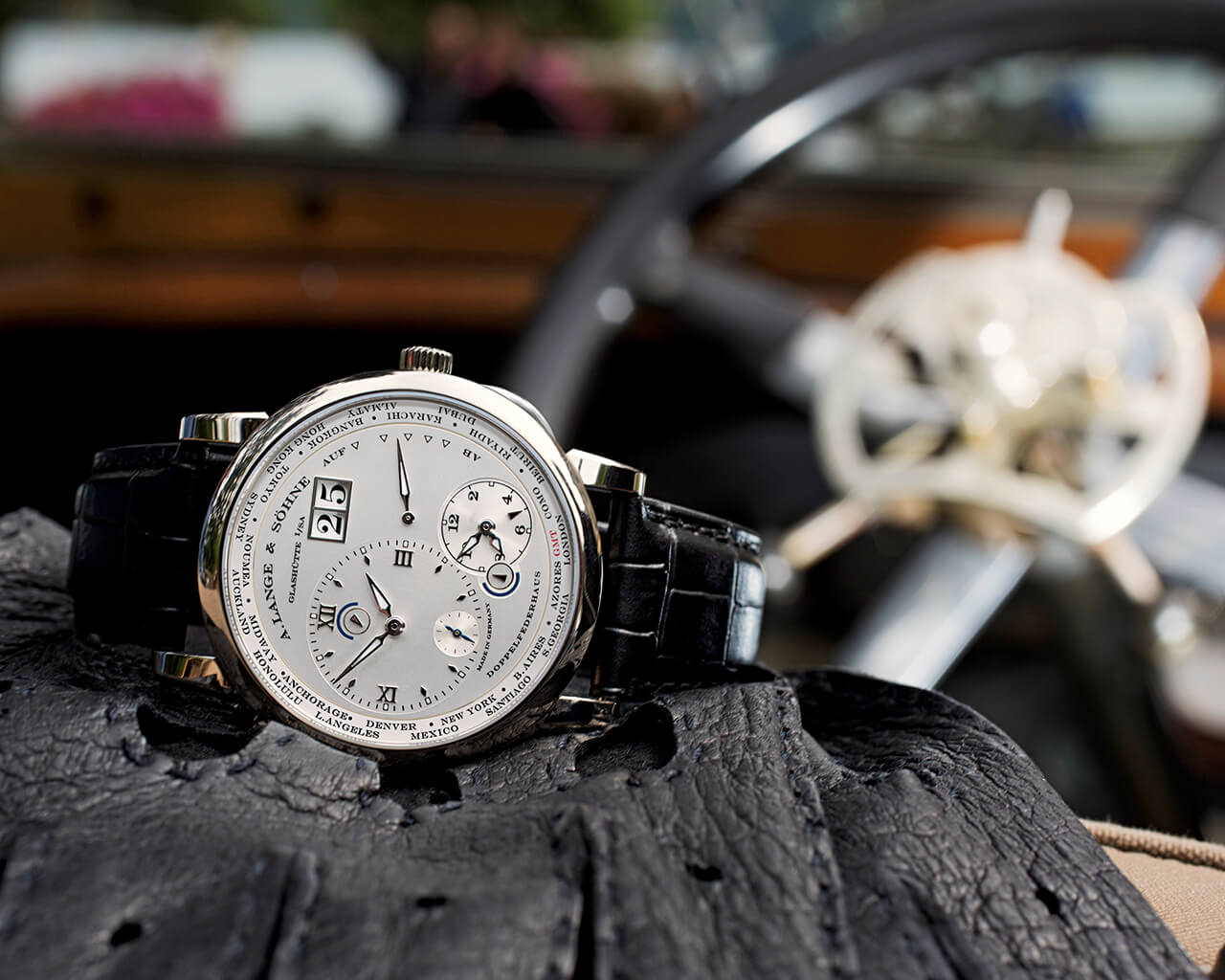
Another way to build affinity: unique Lange 1 Timezone presented as part of A. Lange & Söhne’s sponsorship of the Villa d’Este concours d’elegance (photo courtesy A. Lange & Söhne)
All marketers are looking to build affinity in different ways, whether it’s A. Lange & Söhne’s participation in events such as the Villa d’Este automotive concours d’elegance (see Stunning Automobiles At The 2014 Concorso d’Eleganza Villa d’Este On Lake Como, Italy), the independent watchmakers’ dinner party tours of Asia, or major brands’ utilization of celebrity endorsers.
But why celebrities?
As far as I can tell, there’s not one answer to this question, but several. I can see a number of different celebrity promotion models across the brands:
This is who we are – Here’s where I see Rolex, who pretty much got the celebrity game going with Arnold Palmer and over the years has added iconic figures in their respective fields such as Sir Jackie Stewart and Roger Federer. For me the strategy here is to personify the essence of the brand itself; I don’t necessarily want a Rolex because Arnie wears one, but his association with the brand helps me understand what it represents. Another example: Jaeger-LeCoultre’s association with polo and top-level polo players. It’s not the individuals; it’s the association of the Reverso with polo.
Be like Mike – Phelps, that is, with his Omega Seamaster. Or Audemars Piguet’s Lionel Messi. Or Longines’ Steffi Graf and Andre Agassi. These are aspirational figures who inspire us and (at least in some instances) also provide the basis for limited edition watches. In the true confessions department, I can say that once I saw the ad below in immense illuminated form at the Frankfurt airport many years ago, it was a foregone conclusion that I would buy the watch. So, yes, it works.
Takes a licking and keeps on ticking – This is where we find Richard Mille’s Rafael Nadal and Bubba Watson as well as TAG Heuer’s Maria Sharapova: sportsmen and -women who present heroic images and for whom the use of a robust timepiece might actually be relevant. Nadal actually does wear that megabucks Mille tourbillon on the court, for instance (read Richard Mille RM 27-02 For Rafael Nadal: The Quintessential Sports Tourbillon); daredevil Felix Baumgartner did really wear a Zenith during his record-breaking freefall from the edge of space (read Felix Baumgartner Skydives From Space On Red Bull Stratos Mission With Zenith On Wrist); and the exploits of those astronauts with their Omega Speedmasters on the moon more or less speak for themselves.

Richard Mille ambassador Rafael Nadal and the New RM 27-02 (photo courtesy Stefano Galuzzi/Richard Mille)
Hey, look at me – Sometimes there seems to be no other logic than to generate impressions. If we slap our watch (or name) on someone famous, perhaps some people will become aware of our brand, is likely what the thought process is. The most recent example of this was Hublot’s sponsorship deal with Floyd Mayweather during his recent “Fight of the Century.” This is also where I’d categorize many of the efforts to adorn actors at award ceremonies; one small brand I know spent a lot of time and effort this year trying to bolster the chance that one well-known actor might wear its watch to the Oscars, ultimately in vain, though.
It’s a lifestyle – What does Cara Delevingne have to do with watches? Not much, if we judge by TAG Heuer’s promotional image of her that doesn’t even show a watch. But Cara, George Clooney (Omega), Jay-Z (Audemars Piguet), and Kate Winslet (Longines) are just some of the celebs who help brands to communicate an image of elegance, fashion, or edginess. At the other end of the brand scale, independent Peter Speake-Marin’s association with Pierce Brosnan is both somewhat audacious and, if my sources are reliable, quite successful.
If you like this, you may also like – A time-honored marketing technique is affinity transfer. This is, for instance, credit card companies offering cards with the logo of your college or club on the front in order to convert your love for your old alma mater into a higher number of transactions on the card. IWC’s relationship with Mercedes AMG Formula 1 drivers Lewis Hamilton and Nico Rosberg (and with the team itself) seems a pretty good example here, as well as Hublot’s similar play with Ferrari and its drivers.

Smiling all the way to the bank: IWC ambassadors Nico Rosberg (left) and Lewis Hamilton (photo courtesy IWC)
And more – I could go on! There are theme-based associations as with Jaeger-LeCoultre and the cinema, for instance. And, as with most things, the area of celebrity endorsements does include some head-scratchers for me.
For instance: Ryan Seacrest for Zenith? And those Hublot boxing trunks on Mayweather? Yes, I know that Hublot is active with the boxer’s charity and has other boxing celebs on the roster, but “Everlast” would seem a more appropriate brand placement for that spot.
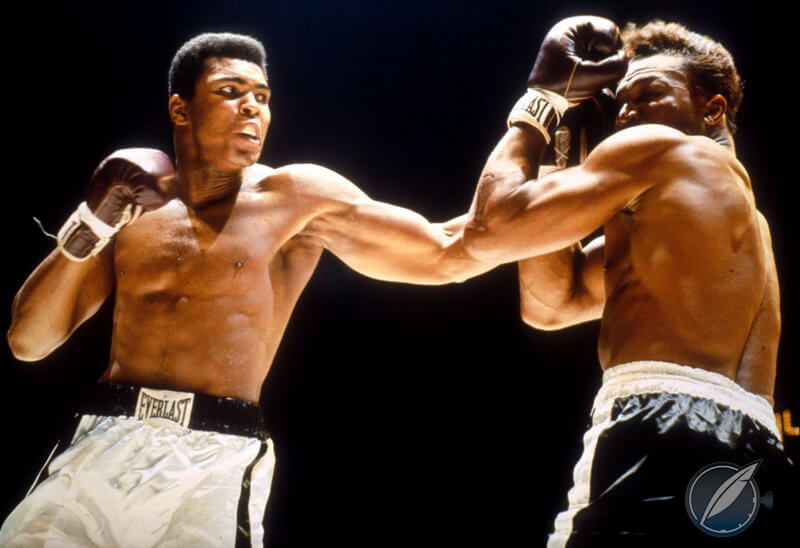
Sporting equipment with a sporting equipment brand: Muhammad Ali and his trademark Everlast shorts (source: ESPN.com)
Collectors: I have a secret to tell
For collectors (including myself) who have moaned over the years about the amount of money that brands spend on endorsers, I have a secret to share: brands aren’t doing this for us.
Markets are made of segments, and the segment of the market that is primarily interested in the inner workings of timepieces and the people who make them is unlikely to be influenced by celebrities. And, let’s remember the three reasons for spending marketing money that I mentioned at the outset: by and large, these expenditures are largely aimed at new customer acquisition. In many ways, collectors have already made decisions on other grounds about being “acquired” by different brands.
Also, realize that some celebrity relationships are perhaps most useful to brands in motivating their distributors and dealers: when supermodel Adriana Lima shows up at the annual IWC dinner at SIHH, that’s about the retailers, not us.
My advice
If you see celebrity involvement as a fun part of the luxury goods experience and have the opportunity from time to time to press the flesh with Jackie Stewart or golf with Nick Faldo, enjoy! But have reasonable expectations – by and large, making sponsor appearances is a job, not a joy, for these folks (although I must say that Sir Jackie seemed to be having a blast at the Rolex event I attended). Expecting them to get deeply engaged in watch talk is likely to lead to disappointment.
If none of this celebrity stuff appeals to you personally, try to understand why brands might choose to use these techniques to expand market reach and build affinity.
And if a brand’s endorsement practices truly offend you, buy something else!
* This article was first published on May 27, 2015 at Celebrity Ambassadors: Good Marketing Or Terrible Waste?
You may also enjoy:
What Makes A Daily Wearer Wristwatch?
For Peace Of Mind, Consider A Watch Safe, And Discover Just How Safe A Safe Should Be
6 Ways To Spot A Fake Watch, Even If You Don’t Know How To Spot A Fake Watch
Keep Calm And Continue Collecting: Advice For An Up And Down Watch Market
Leave a Reply
Want to join the discussion?Feel free to contribute!





















































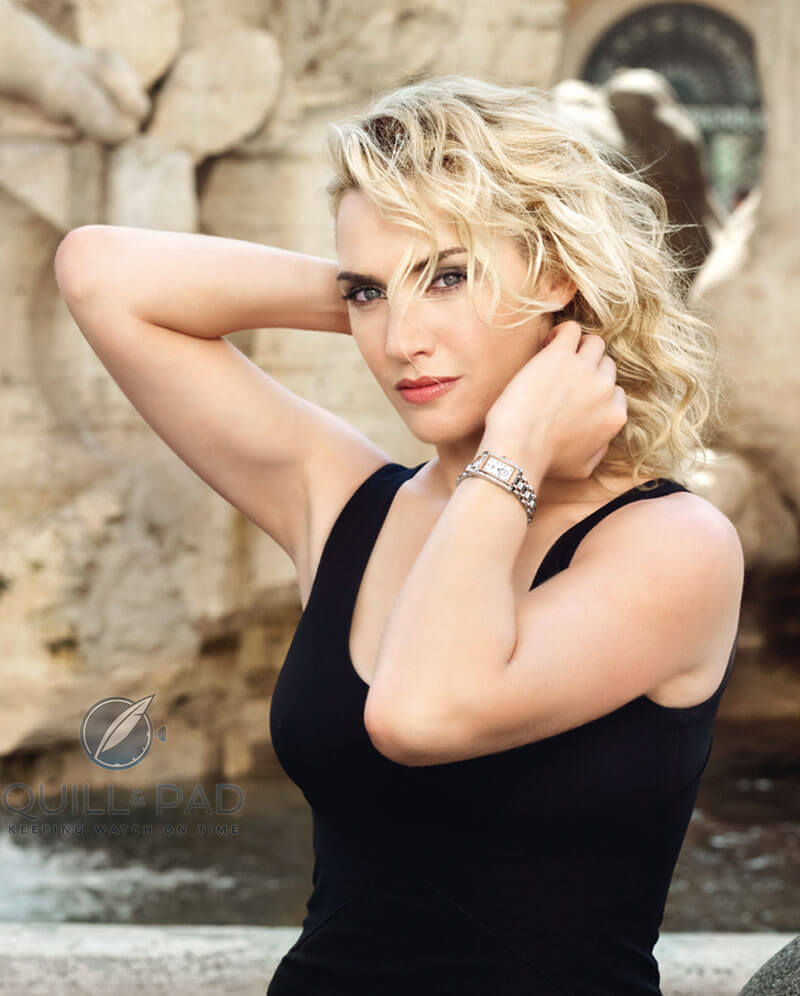
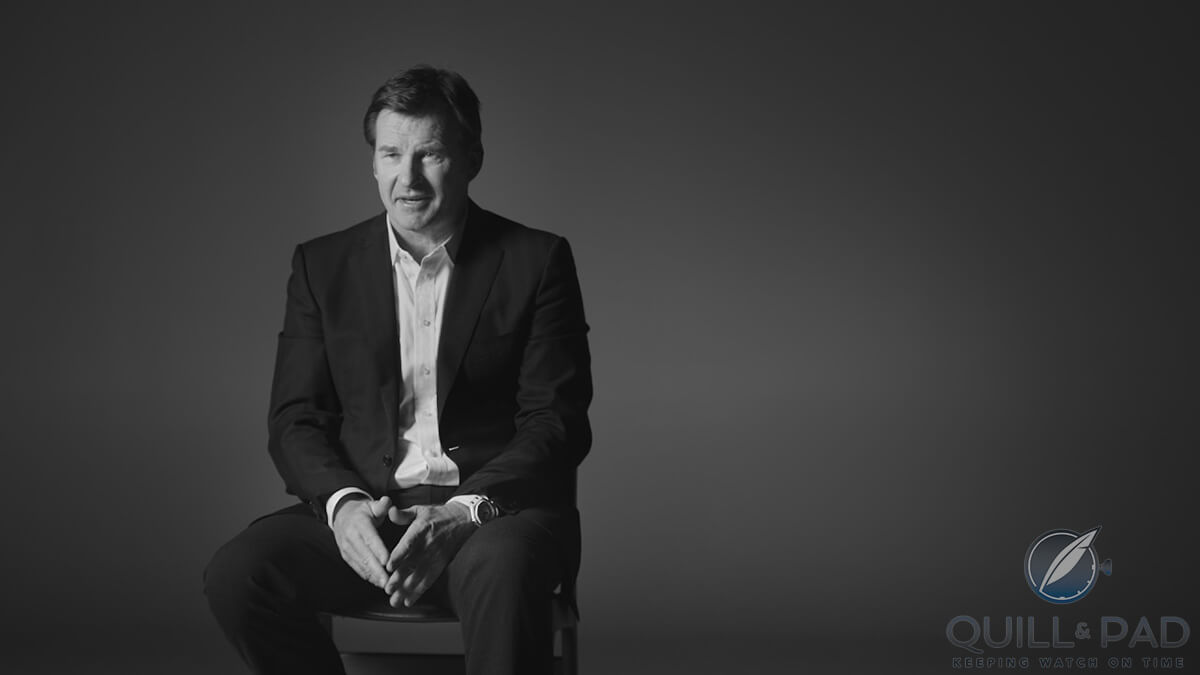
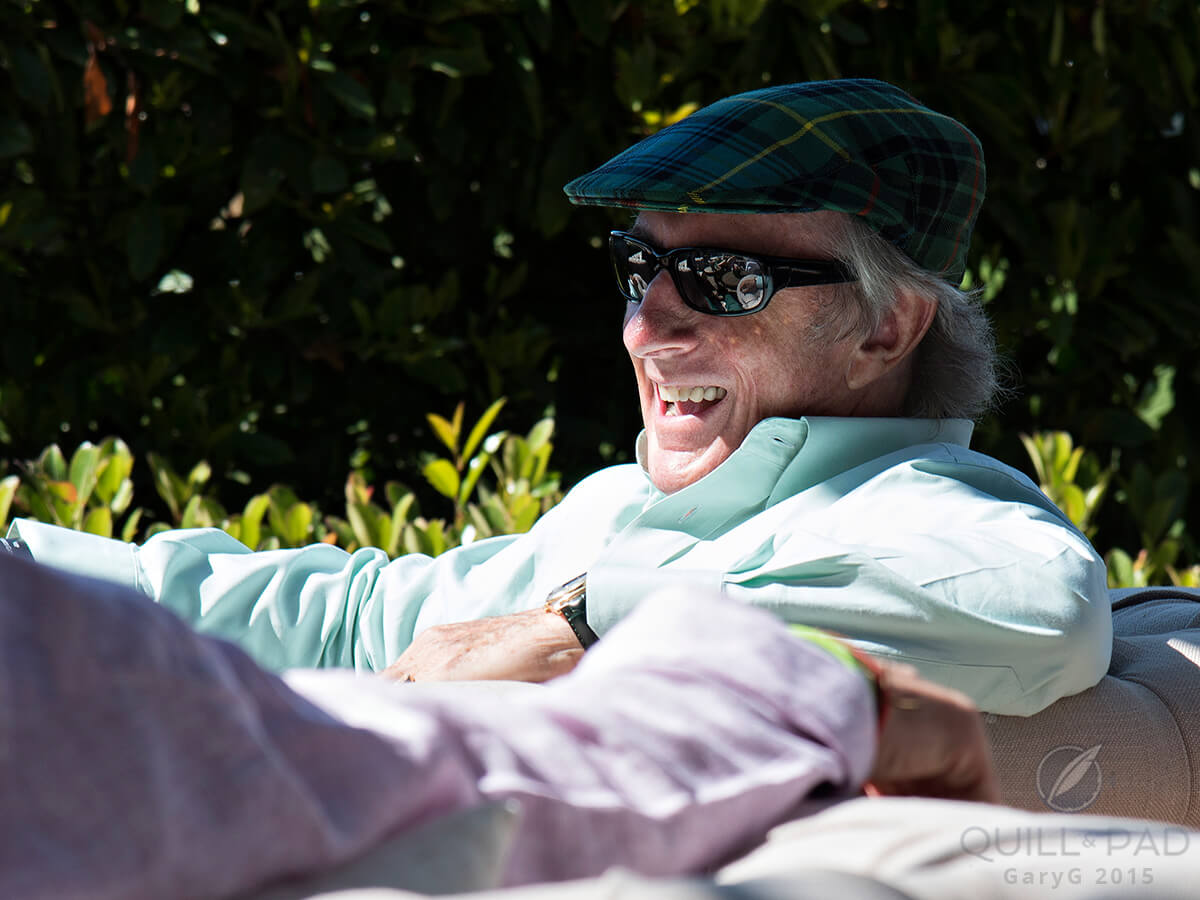
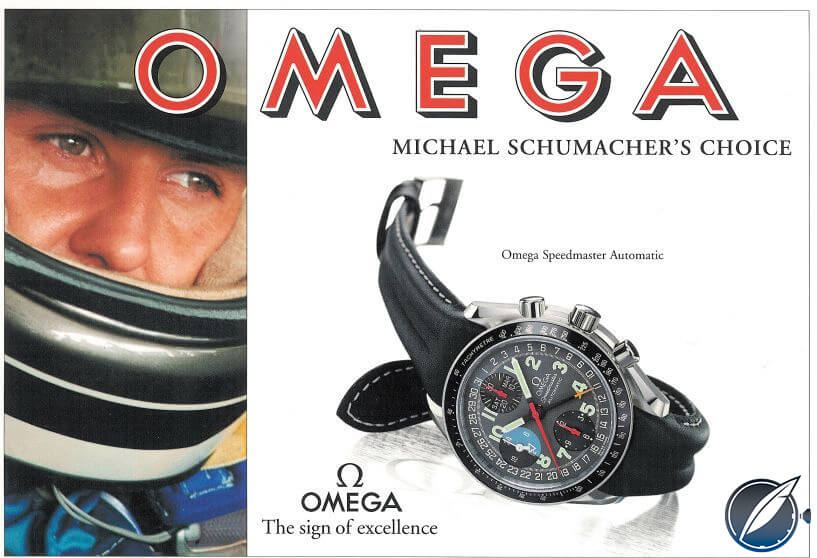
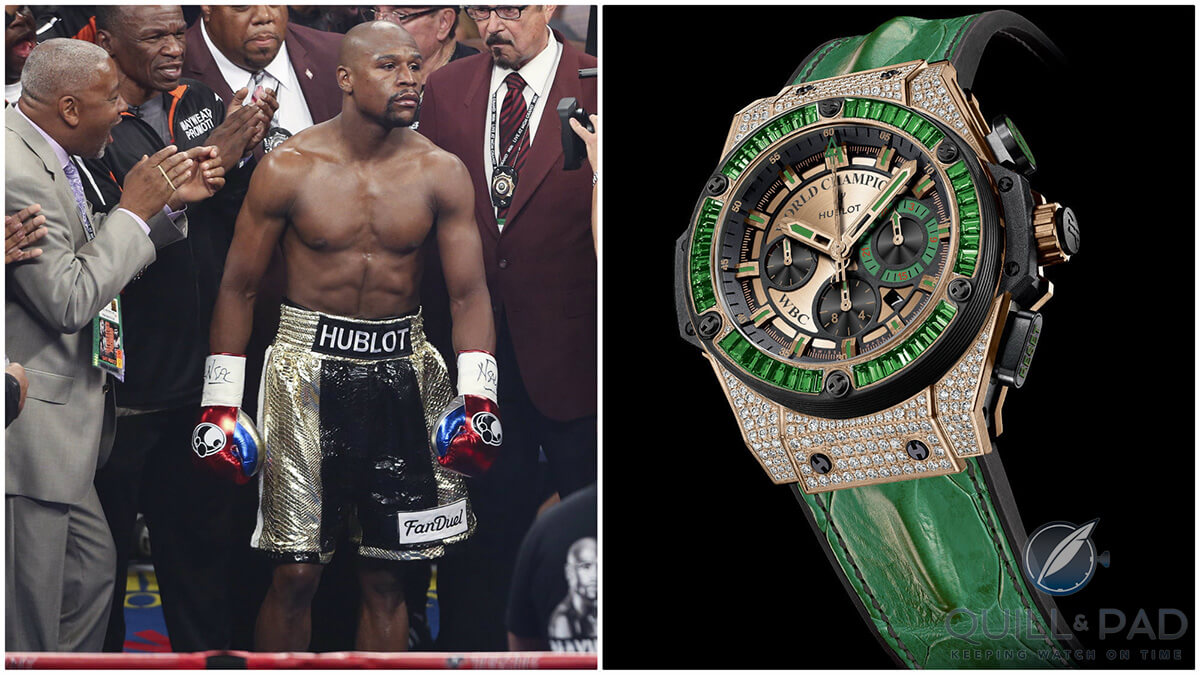

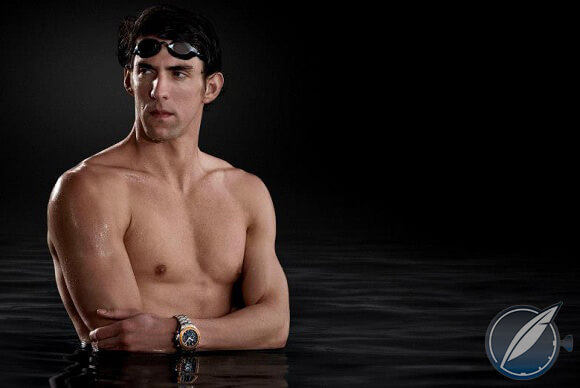

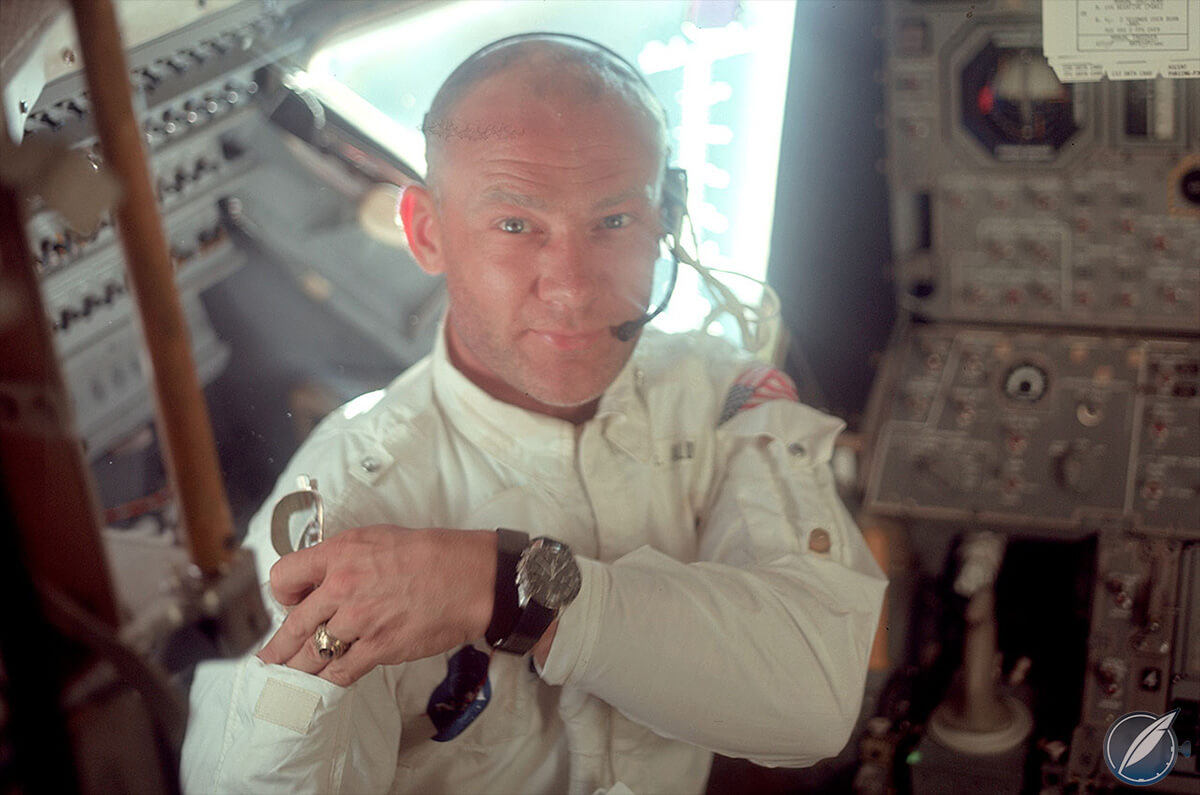
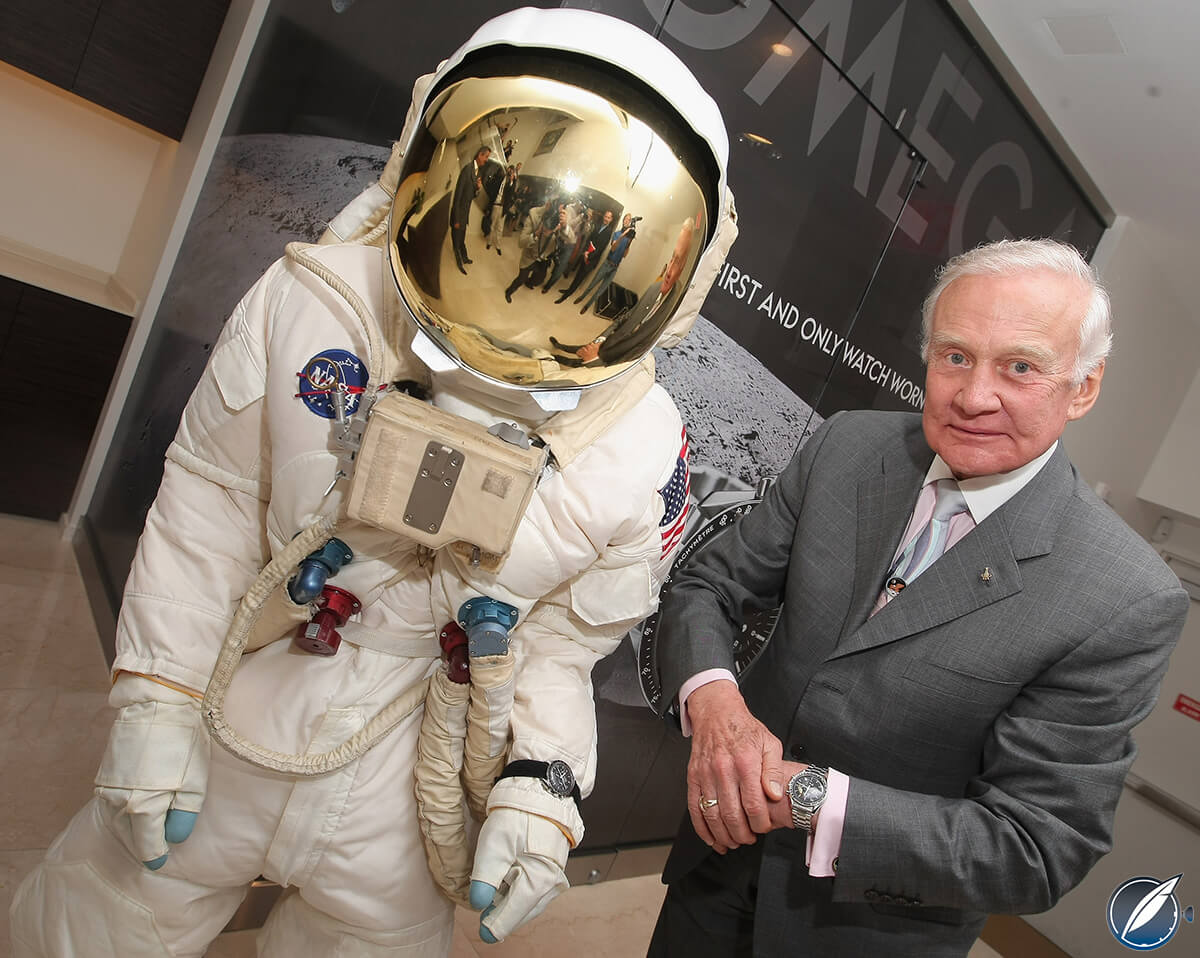
Such a waste. No idea why companies spend ridiculous amounts on celebrity ambassadors. Never weighed in on my choice once
I was quite interested in Tudor until they started using the renowned thicko and adulterer beloved by chavs – David Beckham.
Couldn’t bear to buy one now in case someone thought I’d been influenced into it by association.
I never understand the Bond thing either (looking at Omega) – he’s not real, just an actor. Buying a watch because it’s associated in some way with a fictional spy doesn’t make you have any of the lifestyle.
For me, I find this approach to marketing quite counter-productive, as it has the opposite effect. Obviously for many other people it is the opposite or brands wouldn’t continue this approach to marketing.
I’m the case of Rolex, it’s both good marketing and a terrible waste. Or more to the point, unadulterated stupidity! I understand their using tennis and Roger Federer in their advertising strategy. He represents the best in both the sport and personality. But to advertise to get new customers while severely limiting production of the steel sport models that exemplified in the advertising is both an act of frustration and ultimately unfulfilled promise. Rolex and their new ceo should be ashamed of themselves and close up shop until and unless they get someone who has an appreciation for watches, not some goofy marketing strategy the is at best gimmicky, and at worst, destructive.
Interesting, knowing nothing about Federer, apart from him being a tennis player.
Again, seeing some overpaid sports bloke from a sport I don’t like (could be worse -golf) doesn’t make me want to buy a watch…
I definitely prefer the brands with no celebrity ambassadors. Cringed a bit when Vacheron did that ‘hello fellow young people’ hip and cool jazz musicians thing recently.